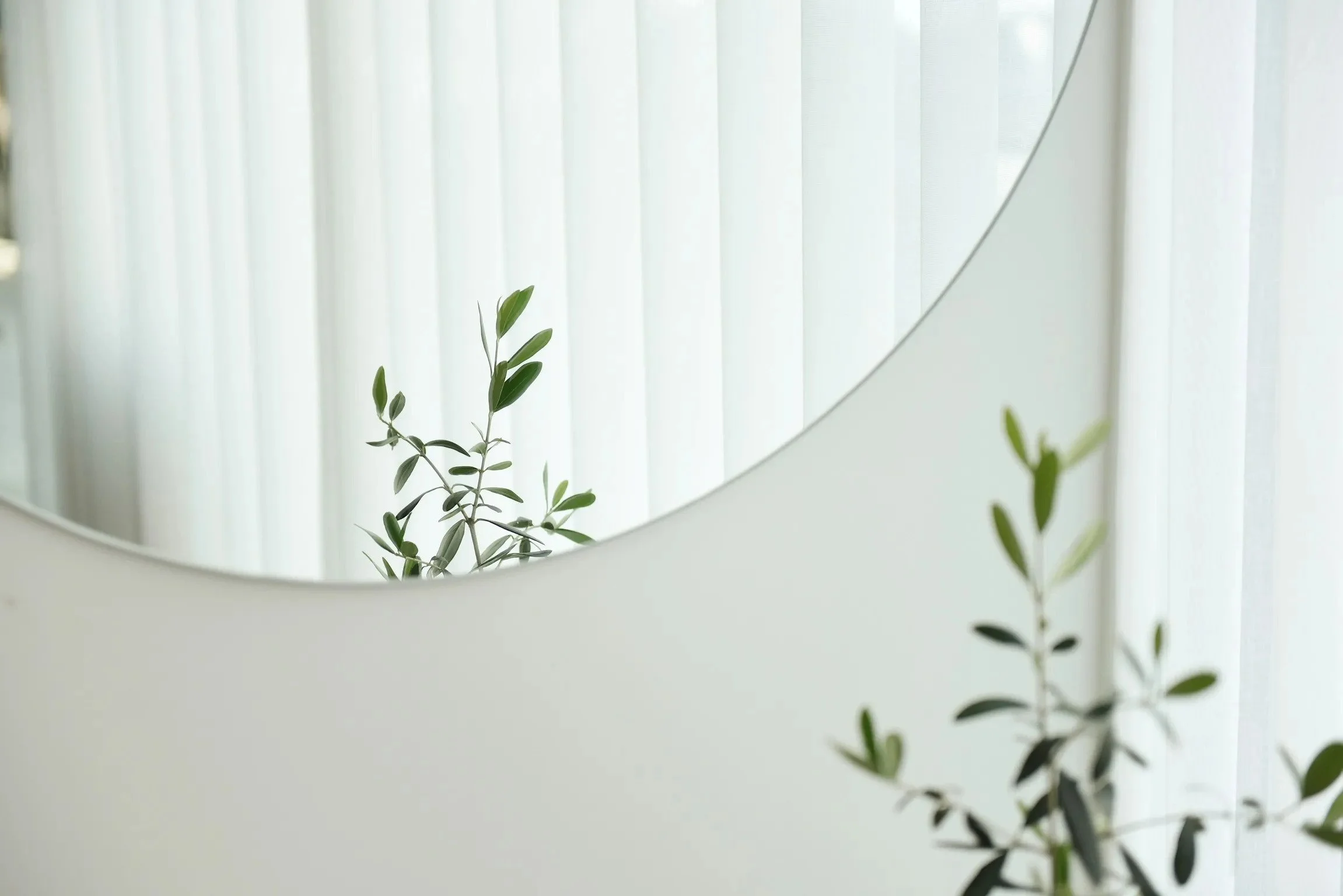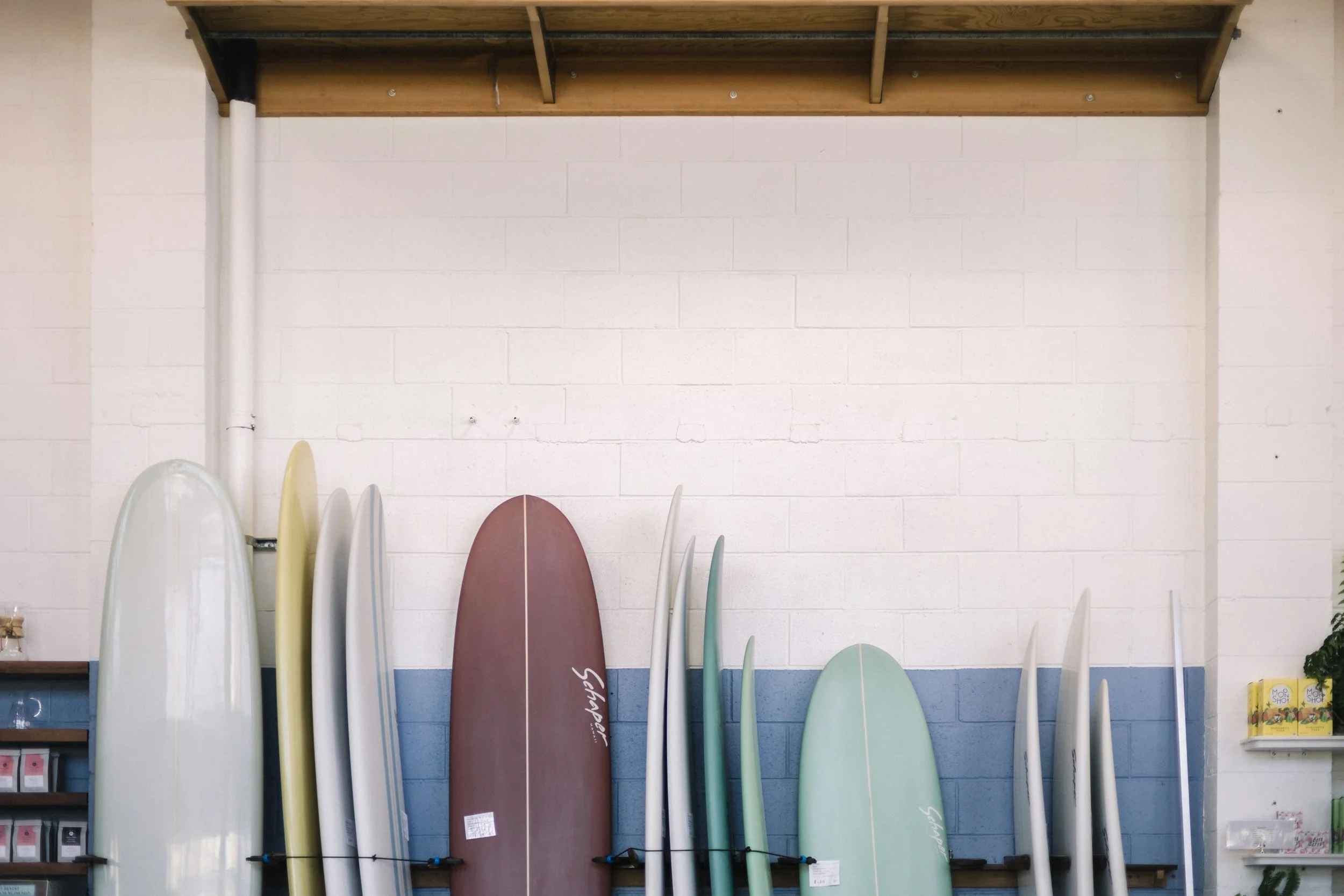As someone involved in the world of executive leadership, I've always sought new perspectives to enrich my understanding of success and satisfaction, both in my professional and personal aspirations.
Recently, I stumbled upon the work of David Brooks, whose exploration of the 'composure class' offers a breath of fresh air in defining what it truly means to achieve contentment and accomplishment.
Understanding the Essence of the Composure Class:
The composure class refers to a group of individuals who do not necessarily achieve success through conventional means of ambition and striving. Instead, their success seems to unfold gradually, almost effortlessly, akin to how snow settles gently over time.
What Sets Them Apart:
Understanding and Inspiring Others: Members of the composure class possess a rare gift for empathising with and motivating those around them, inspiring collective growth and progress.
Discerning Patterns: With a keen eye for detail, they effortlessly decipher underlying patterns in complex situations, paving the way for informed decisions and clear pathways forward.
Building Trusting Relationships: Rooted in authenticity and genuine connection, they cultivate deep, meaningful relationships founded on mutual respect and unwavering trust.
Acknowledging and Improving: Humility is their companion on the journey of continual growth, as they courageously confront and address their own limitations, fostering self-improvement and personal evolution.
Imagining Alternate Futures: Armed with a visionary mindset, they embrace change as an opportunity, daring to envision possibilities beyond the constraints of the status quo.
Implications for Executive Leadership:
Embracing a Gradual Path to Success: The composure class teaches us that success is not a frantic race to the finish line but rather a steady, deliberate journey of growth and self-discovery. It's about savouring each step of the process, knowing that true achievement unfolds in its own time.
Redefining Success: In the realm of executive leadership, the composure class challenges us to redefine success, emphasising the importance of qualities like empathy, adaptability, and integrity in fostering thriving, sustainable organisations.
Leading with Purpose: For executives and leaders, embracing the principles of the composure class offers a blueprint for cultivating resilient, purpose-driven organisations that prioritise people over profits and values over vanity.
Cultivating Personal Growth: Individually, we can draw inspiration from the composure class to prioritise self-awareness, authenticity, and meaningful relationships in our pursuit of success. It's about honouring our unique journey and embracing the transformative power of introspection and connection.
A Mental Health Perspective
To me, embracing these principles entails shifting focus from the individual ego to our collective well-being. In a world often driven by personal ambition and the quest for power, these principles offer a transformative alternative. Rather than pushing people for our own interests, we can seek collaboration and shared success. By prioritising qualities like empathy, integrity, and collaboration, we move away from the "me, myself, and I" mindset, towards valuing the collective good. It's about recognising that our greatest achievements are often accomplished together.
Take some time to consider the ways you already follow these principles and which ones you can integrate into your personal and professional life.



















